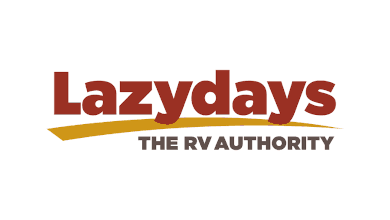Lazydays Holdings has announced financial results for the third quarter ended Sept. 30, showing that revenues were $158.4 million. That’s an increase of 11.3 percent, $16 million, versus the same period in 2018.
Revenue from sales of RVs was $138.9 million for the quarter, up $13.6 million, or 10.8 percent. RV unit sales, excluding wholesale units, were 1,935 for the quarter, up 135 units versus 2018, or 7.5 percent. This increase in unit volume was partially offset by a 0.4 percent decrease in the company’s average selling price per unit excluding wholesale unit sales. Wholesale revenue was up $4 million versus 2018
Other revenues, which include F&I revenues and other revenues including parts, accessories, and related services, were up $2.5 million. This increase is attributable to higher F&I revenue per vehicle sold, as well as our three dealership acquisitions since August 2018 in Minneapolis, Minn., Knoxville, Tenn., and The Villages, Fla.
On Sept. 16, Lazydays announced that it will open its first dedicated service center in the Houston, Texas, metro area. The Lazydays Service of Houston service facility is currently under construction and is expected to commence operations in the first quarter of 2020.
“Despite continued softer industry conditions and the aggressive end of model year competitive pricing we saw in the market, we continue to manage our inventory levels to be in line with demand, and have maintained our cash and balance sheet capacity at levels we believe will enable us to continue to execute our growth strategy,” said Bill Murnane, chairman and CEO of Lazydays. “We continue to make progress on our growth strategy with the acquisition of Alliance Coach on Aug. 1 of this year, as well as with the announcement of our first dedicated service center in the Houston market.”
Gross profit, which excludes depreciation and amortization, was $30.5 million, up $200,000 versus 2018. Gross margin declined between the two periods, from 21.3 percent in 2018 to 19.3 percent in 2019. This decline was driven by competitive end of model year pricing reducing RV sales gross margins, as well as increased wholesale sales as a percentage of the sales mix.
